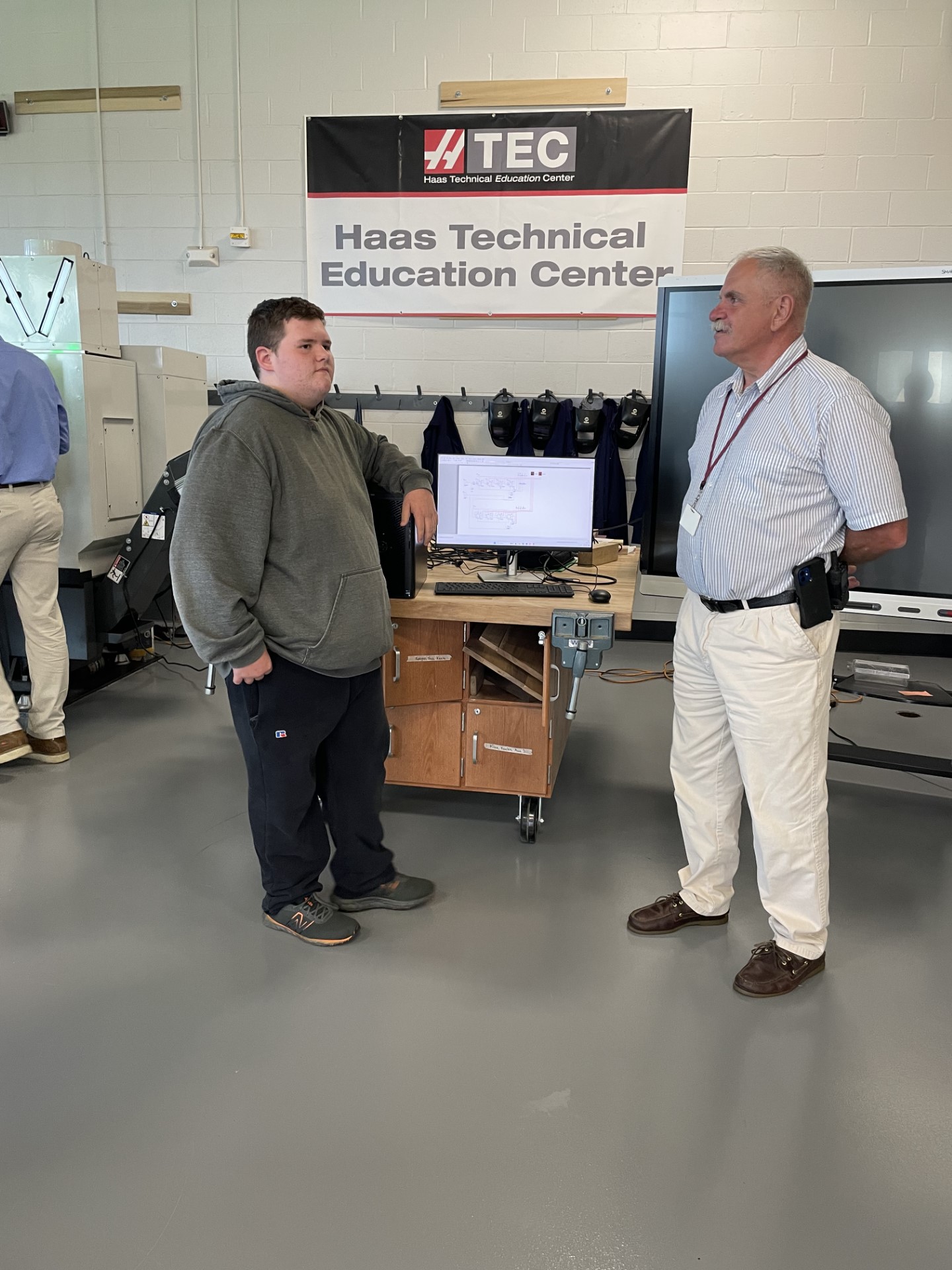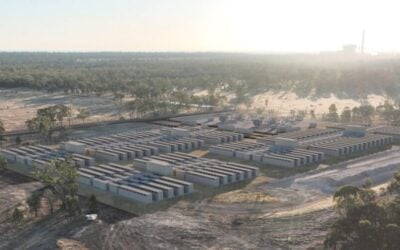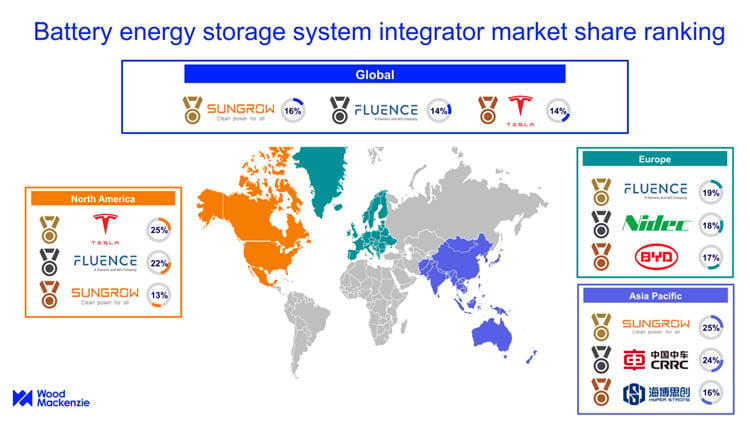Report on a Novel Gravity-Enhanced Compressed Air Energy Storage System and its Alignment with Sustainable Development Goals
Executive Summary
A research report from Northeast Electric Power University details a novel Advanced Adiabatic Compressed Air Energy Storage (AA-CAES) system. The innovation lies in its gravity-assisted, isobaric design, which utilizes an elastic airbag, a heavy load, and an abandoned vertical mine shaft. This system demonstrates significant potential for advancing several Sustainable Development Goals (SDGs), particularly SDG 7 (Affordable and Clean Energy), SDG 9 (Industry, Innovation, and Infrastructure), and SDG 11 (Sustainable Cities and Communities), by providing an efficient, cost-effective, and environmentally conscious energy storage solution.
System Innovation and Sustainable Infrastructure (SDG 9 & SDG 11)
The proposed system introduces a significant innovation in energy infrastructure by creating a gravity-assisted isobaric AA-CAES. This design directly supports SDG 9 by fostering resilient and innovative infrastructure.
- System Components: The primary components include a multi-stage compressor with intercoolers, an air storage reservoir (ASR), and a turbine.
- Innovative ASR Design: The ASR uniquely combines an elastic airbag at the bottom of an abandoned vertical mineshaft with a heavy load placed on top.
- Contribution to SDG 11: By repurposing abandoned mine shafts, the system promotes sustainable land use, revitalizes post-industrial sites, and enhances the resilience of community infrastructure, directly aligning with the objectives of SDG 11.
Operational Process for Enhanced Energy Management
The system’s operational cycle is designed for maximum efficiency and constant pressure, which is critical for stable grid integration of renewable energy sources.
- Charging Phase:
- Excess power from renewable sources (PV, wind) or the grid is used to power a five-stage compressor.
- Ambient air is compressed and the generated heat is captured by intercoolers, contributing to overall system efficiency and aligning with SDG 12 (Responsible Consumption and Production).
- The high-pressure air inflates the airbag, lifting the heavy load. The constant weight of this load ensures the charging process is isobaric (constant pressure).
- Discharging Phase:
- The gravitational potential energy of the heavy load squeezes the air from the airbag at a constant pressure.
- This stable, high-pressure air is directed through a turbine to generate electricity on demand.
- The design allows for the complete expulsion of stored air, maximizing the energy storage density.
Performance Analysis and Contribution to Affordable and Clean Energy (SDG 7)
Simulations conducted using MATLAB software confirm the system’s high efficiency and viability as a clean energy solution, which is fundamental to achieving SDG 7.
- Energy Efficiency (ENE): 87.1%
- Exergy Efficiency: 70.07%
- Air Energy Storage Density: 2.68 kWh/m³
- Occupied Space Energy Storage Density: 2.29 kWh/m³
The high energy efficiency demonstrates the system’s capacity to reliably store and dispatch electricity from intermittent renewable sources, making clean energy more accessible and dependable. The largest exergy losses were identified in the turbine (35.21%) and compressor (30.98%), indicating clear targets for future optimization.
Economic Viability and Climate Action (SDG 7 & SDG 13)
The economic analysis underscores the system’s financial feasibility, reinforcing its role in promoting affordable clean energy (SDG 7) and enabling climate action (SDG 13).
- Levelized Cost of Energy (LCOE): $0.0804/kWh
- Net Present Value (NPV): $1.6 million
- Internal Rate of Return (IRR): 17.93%
- Dynamic Payback Period (DPP): 8.36 years
A competitive LCOE and strong investment returns make this technology an attractive option for scaling up renewable energy deployment. By providing a cost-effective method for large-scale energy storage, the system directly facilitates the transition away from fossil fuels, contributing significantly to the climate action goals outlined in SDG 13.
SDGs Addressed in the Article
SDG 7: Affordable and Clean Energy
- The article focuses on a novel energy storage system, which is a critical component for a stable and reliable clean energy supply. The system is designed to store “excess power from PV, wind, or grid power,” directly supporting the integration of renewable energy sources. This contributes to making clean energy more accessible and affordable.
SDG 9: Industry, Innovation, and Infrastructure
- The research from China’s Northeast Electric Power University represents a significant “novel advanced adiabatic compressed air energy storage (AA-CAES) system.” This is a clear example of scientific research and innovation. Furthermore, the proposal to use an “abandoned vertical mine shaft” as the air storage reservoir is a sustainable approach to upgrading and repurposing existing infrastructure.
SDG 8: Decent Work and Economic Growth
- The article includes a detailed “economic analysis” of the system, evaluating its financial viability through metrics like the levelized cost of energy (LCOE), net present value (NPV), internal rate of return (IRR), and dynamic payback period (DPP). This focus on economic performance and cost-effectiveness is linked to sustainable economic growth and productivity through technological upgrading.
SDG 11: Sustainable Cities and Communities
- The system’s design aims to “maximize the land use” by repurposing abandoned industrial sites (“abandoned vertical mine shaft”). This approach reduces the environmental footprint of new energy infrastructure and promotes more sustainable land use planning within or near communities, making them more resilient and sustainable.
SDG 13: Climate Action
- By providing a method to store energy from intermittent renewable sources like solar (PV) and wind, the technology helps to increase their share in the energy mix. This reduces reliance on fossil fuels for grid stability and power generation, which is a fundamental strategy for mitigating climate change.
Specific SDG Targets Identified
SDG 7: Affordable and Clean Energy
- Target 7.2: By 2030, increase substantially the share of renewable energy in the global energy mix. The article supports this target by describing a technology that stores “excess power from PV, wind,” which is essential for overcoming the intermittency of renewables and enabling their wider adoption.
- Target 7.a: By 2030, enhance international cooperation to facilitate access to clean energy research and technology… and promote investment in energy infrastructure and clean energy technology. The publication of this Chinese research in an international journal (“Case Studies in Thermal Engineering”) facilitates access to clean energy research. The detailed economic analysis showing a positive NPV and high IRR is designed to promote investment in this clean energy technology.
SDG 9: Industry, Innovation, and Infrastructure
- Target 9.4: By 2030, upgrade infrastructure and retrofit industries to make them sustainable… The use of an “abandoned vertical mine shaft” is a direct example of retrofitting and upgrading old infrastructure for a new, sustainable purpose, reducing waste and the need for new construction.
- Target 9.5: Enhance scientific research, upgrade the technological capabilities of industrial sectors… and encourage innovation. The entire article is about a “novel” system developed by a university research group, which directly embodies the principles of enhancing scientific research and encouraging innovation in the energy sector.
SDG 8: Decent Work and Economic Growth
- Target 8.2: Achieve higher levels of economic productivity through diversification, technological upgrading and innovation. The article details a technological innovation and provides an “economic analysis” showing its potential to be a productive investment, contributing to economic growth in the energy sector.
Indicators for Measuring Progress
Implied and Mentioned Indicators
- Energy Efficiency and Density: The article provides specific quantitative indicators to measure the system’s performance. These include “energy efficiency (ENE) was 87.1%”, “exergy efficiency was 70.07%”, and “air energy storage density was 2.68 kWh/m³.” These metrics are crucial for evaluating progress toward more effective energy technologies (relevant to SDG 7 and SDG 9).
- Economic Viability Metrics: The article explicitly mentions several economic indicators used to measure the project’s financial feasibility. These include a “levelized cost of energy (LCOE) of $0.0804/kWh,” a “net present value (NPV) … of $1.6 million,” an “internal rate of return (IRR) of 17.93%,” and a “dynamic payback period (DPP) of 8.36 years.” These indicators measure progress towards economically sustainable technology and infrastructure (relevant to SDG 8 and SDG 7).
- Repurposing of Infrastructure: An indicator for sustainable infrastructure development (Target 9.4) is the rate of repurposing old sites. The article provides a specific example: “An abandoned vertical mine shaft is used as the air storage reservoir to maximize the land use.”
- Investment in R&D and Innovation: The existence of the research project itself, conducted by the “Northeast Electric Power University,” and its publication in a scientific journal serve as an indicator of investment in research and development and the output of innovation (relevant to Target 9.5).
Summary of Findings
| SDGs | Targets | Indicators Identified in the Article |
|---|---|---|
| SDG 7: Affordable and Clean Energy | 7.2: Increase the share of renewable energy. 7.a: Promote investment in clean energy technology. |
– Storing excess power from PV and wind. – Economic viability metrics (NPV of $1.6M, IRR of 17.93%) to attract investment. |
| SDG 9: Industry, Innovation, and Infrastructure | 9.4: Upgrade infrastructure to make it sustainable. 9.5: Enhance scientific research and innovation. |
– Use of “abandoned vertical mine shaft” for the reservoir. – The “novel” system developed by a university research group. – Performance metrics: Energy efficiency (87.1%), Exergy efficiency (70.07%). |
| SDG 8: Decent Work and Economic Growth | 8.2: Achieve higher economic productivity through technological upgrading and innovation. | – Levelized Cost of Energy (LCOE) of $0.0804/kWh. – Dynamic Payback Period (DPP) of 8.36 years. |
| SDG 11: Sustainable Cities and Communities | 11.3: Enhance sustainable urbanization and human settlement planning. | – The stated goal to “maximize the land use” by repurposing abandoned sites. |
| SDG 13: Climate Action | 13.2: Integrate climate change measures into policies and planning. | – The system’s function of enabling greater use of intermittent renewables (PV, wind) is a key climate mitigation measure. |
Source: pv-magazine.com







